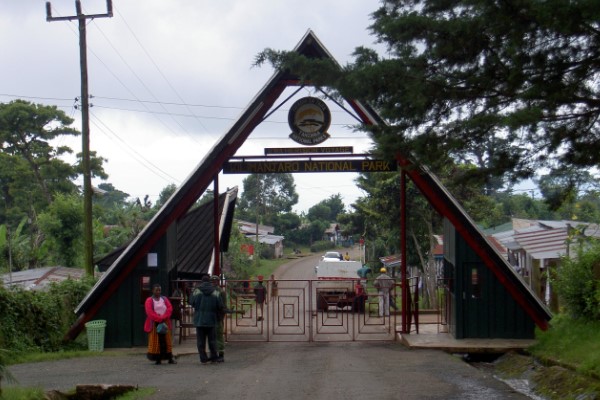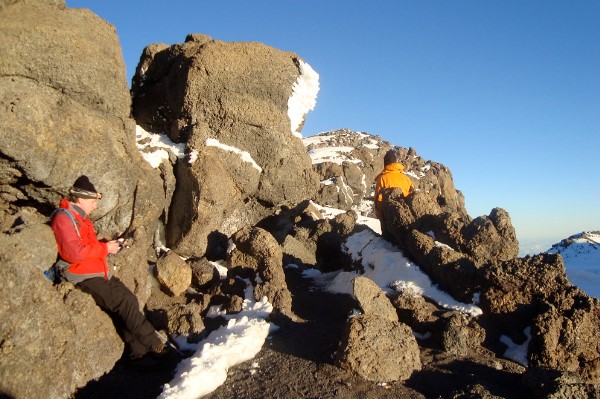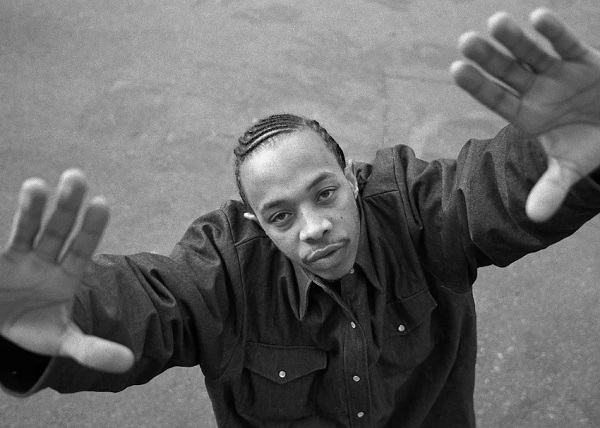Have you ever wondered what it would be like to stand at the top of Africa, amidst the breathtaking beauty of Kilimanjaro? This dream is within reach but it’s important to be aware of the costs. Standing at a towering 5,895 meters, the peak of Kilimanjaro attracts over 30,000 climbers each year.
Before embarking on this extraordinary adventure, understanding the cost to climb Kilimanjaro is paramount. In this article, we’ll break down the key components of the cost and provide practical tips to help you budget effectively for this unforgettable journey.
1. The Cost to Climb Kilimanjaro
Dreaming of climbing Kilimanjaro? Knowing the costs involved is the first step on your journey. With each step taken towards the summit, a variety of costs accompany you.
Let’s peel back the layers and uncover the true cost of this epic adventure. A guided tour is your key to Kilimanjaro. It’s not an option but a necessity. You’ll be partnering with a team of experienced climbers who will guide and assist you.
They know the mountain, the routes, and how to tackle unexpected challenges. The cost of this service is wrapped up in a package offered by tour operators. Depending on factors like the route, the tour operator, and the duration of the climb, the package prices can range between $2000 and $6000.
These packages are all-inclusive and cover several important aspects. They take care of your arrival and departure, supply you with food on the mountain, pay the crew, and secure your permit for Kilimanjaro National Park. Let’s explore one of these significant costs – the permit.
2. The Kilimanjaro National Park Permit
An essential part of your climb is the Kilimanjaro National Park permit. This permit is mandatory for anyone attempting to climb Mount Kilimanjaro. Interestingly, it carries a significant chunk of your total budget, standing alone at $1000.
The permit is your official permission to ascend the mountain. This cost directly supports the conservation efforts to maintain the pristine beauty and ecological balance of Mount Kilimanjaro. The funds contribute towards park maintenance, protection of wildlife, and ensuring that necessary facilities and safety measures are in place for climbers.
The permit cost is usually included in your climbing package. However, it’s important to clarify this with your tour operator. Some operators might present lower package prices, but may not include the permit cost. To avoid any unexpected surprises, it’s wise to confirm this detail before finalizing your choice.
Keep in mind, every dollar spent on the Kilimanjaro National Park permit is a direct contribution to preserving the mountain’s beauty for future climbers. The costs associated with climbing Kilimanjaro aren’t just expenses, but investments into unforgettable experiences and responsible tourism.

3. The Importance and Cost of Tipping
Climbing Kilimanjaro is a group effort. Behin each climber stands a dedicated team of guides, porters, and cooks. These individuals are essential to the success of your climb. They carry the gear, prepare the meals, and guide climbers safely up and down the mountain. As such, tipping is a key part of the climbing experience.
Tipping isn’t just a kind gesture. It’s an expected part of the climb and contributes to the income of your team. They work hard under challenging conditions to make your journey as comfortable and successful as possible.
With this in mind, it’s important to budget for tipping. The general guideline is around $300 per climb. The exact amount depends on the duration of your climb and the size of your crew.
Tipping appropriately shows respect and gratitude. It strengthens bonds between climbers and crew, enhancing the overall experience.
4. The Role of Group Size in Determining the Cost
Ever heard of the phrase ‘the more, the merrier’? This certainly applies when you’re planning to climb Mount Kilimanjaro. Group size has a direct impact on the cost of your adventure.
Larger groups help to spread the costs, leading to a lower price per climber. This happens because the bulk of the expenses such as crew wages, camp setup, and food are shared across the group. Therefore, if you’re part of a trekking party with a dozen or more climbers, the individual cost decreases noticeably.
On the other side of the spectrum, a solo or duo climb is more expensive. Fewer climbers mean the shared costs are divided between a smaller number of people, raising the cost per person. Although a smaller group might provide a more personal and flexible experience, you’ll have to be prepared to pay a premium for it.
5. Choosing the Right Guide
Embarking on the journey to climb Kilimanjaro isn’t a solo endeavor. It’s a team effort. At the heart of your team stands your guide, the person who will lead you through the ups and downs of your adventure.
Choosing the right guide for your climb is as important as choosing the right gear. A certified, experienced guide is an invaluable asset. They can ensure your safety, boost your morale, and significantly improve your chances of reaching the summit.
The cost of a guide is usually built into the package price provided by the tour operator. However, the level of experience and expertise can vary significantly between guides, and this is often reflected in the price. In other words, the cheapest tour might not necessarily come with the best guide.
When choosing your climb Kilimanjaro guide, it’s crucial to do some research. Check their certifications, read reviews from previous climbers, and don’t be afraid to ask questions. Your guide can make or break your Kilimanjaro experience, so choose wisely.
Fine-tune Your Budgeting Skills for Climbing Adventures
As you can see, the cost to climb Kilimanjaro involves various factors, from permit fees to tipping, and varies depending on your chosen route and guide. While the journey is undoubtedly an investment, with thorough planning, you can ensure it’s a well-managed one.
Remember, every climb is a journey not just to the peak, but to self-discovery and memories that will last a lifetime. So start budgeting, keep your spirits high, and get ready to conquer Kilimanjaro. For more expert travel advice, delve deeper into our Travel section.




